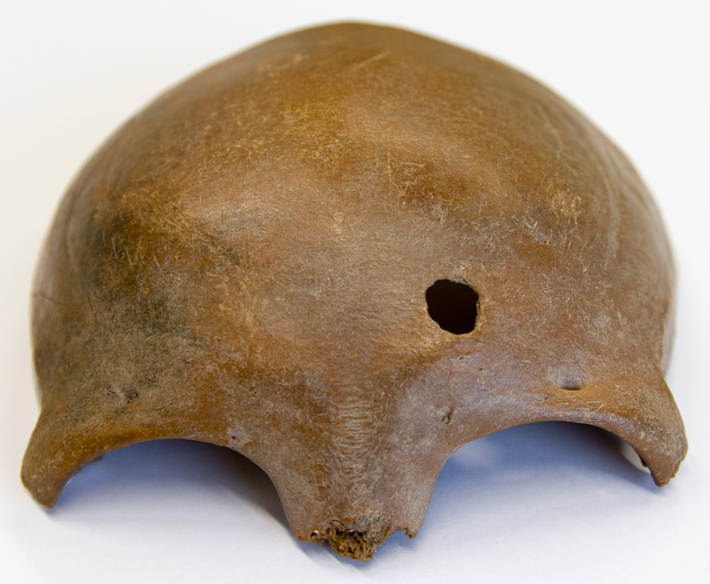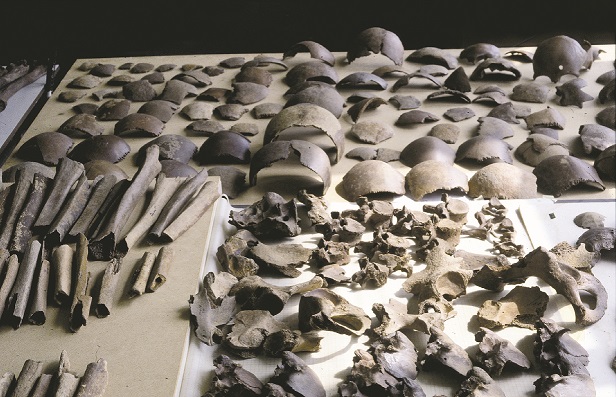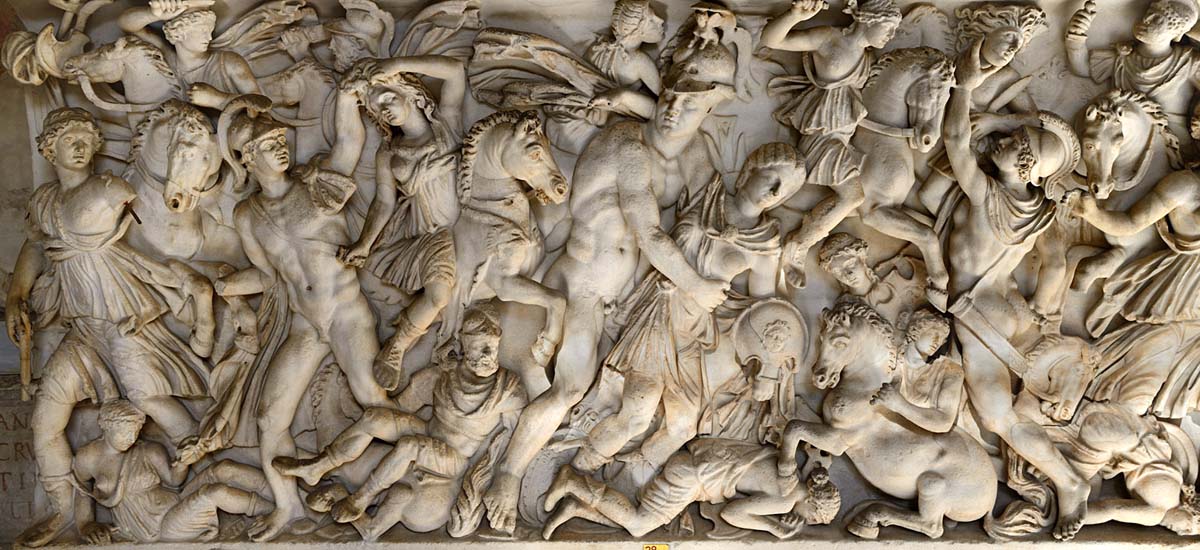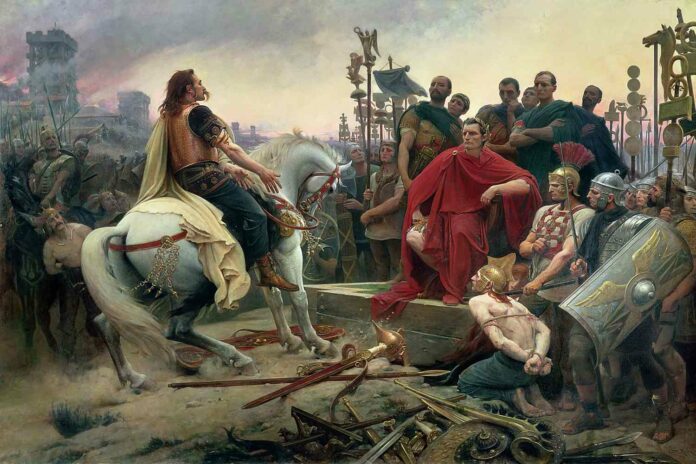Dutch archaeologists have made a remarkable discovery that sheds new light on the historical accounts of Julius Caesar’s conquests. By analyzing archaeological, historical, and geochemical data, researchers have successfully identified the site of a devastating battle between Caesar’s forces and the Germanic tribes of Tencteri and Usipetes. The findings not only provide insights into the military history of Caesar’s campaigns but also reveal the brutal nature of Roman conquest and its profound impact on indigenous societies.
Unveiling a Historical Clash

Unearthing the site near the village of Kessel in the Netherlands has provided compelling evidence supporting Julius Caesar’s historical account. In 55 B.C., the Tencteri and Usipetes, two Germanic tribes, crossed the Rhine River with the intention of settling in Gaul. However, failed negotiations resulted in a violent clash with Caesar’s army. Recent studies focused on a deposit of metal artifacts and human skeletal remains found during dredging of the Meuse River.
The presence of first-century B.C. weaponry and skeletal remains bearing marks of violent trauma confirms the site as the location of the battle described by Caesar. This discovery not only enhances our understanding of Caesar’s campaigns but also sheds light on the brutal nature of Roman conquest and its impact on indigenous societies.

Confirmation through Artifacts and Bones
The analysis of the recovered artifacts, including swords, spearheads, helmets, and the condition of the skeletal remains, strongly supports the identification of the site as the location of the battle described by Caesar. The presence of numerous first-century B.C. weapons and the marks of violent trauma on the skeletal remains provide compelling evidence of a large-scale conflict. It is believed that the Romans may have disposed of the battlefield remnants by dumping them into the river.

Intriguingly, geochemical analysis of dental enamel from three individuals revealed that they were not native to the Dutch river area. This finding aligns with Caesar’s own account that the Tencteri and Usipetes had migrated from a region east of the Rhine. The study’s findings offer further support to the historical accuracy of Caesar’s narrative while shedding light on the movements and migrations of ancient populations.
Understanding the Impact

The significance of this research extends beyond military history. Nico Roymans of VU University Amsterdam emphasizes that it provides valuable insights into the violent nature of Roman conquest, including instances of genocide, and the profound consequences it had on indigenous societies along the frontier. The identification of this battlefield site helps us comprehend the dramatic impact that Roman expansion had on the regions and peoples it encountered.

The identification of the site of Julius Caesar’s catastrophic battle against the Tencteri and Usipetes in the Netherlands is a significant breakthrough in understanding the dynamics of ancient Roman conquest. By examining archaeological remains, analyzing geochemical data, and corroborating historical accounts, Dutch archaeologists have shed light on a pivotal moment in history.
This discovery not only enhances our comprehension of Caesar’s military campaigns but also highlights the brutal nature of Roman conquest and its far-reaching consequences for indigenous populations. It serves as a powerful reminder of the importance of archaeology in unraveling the complexities of the past and deepening our understanding of ancient civilizations.
